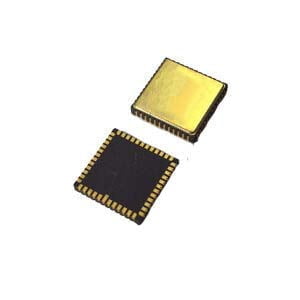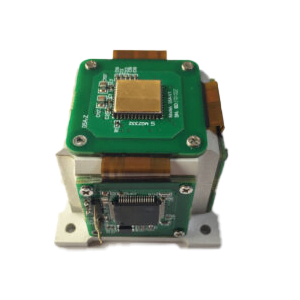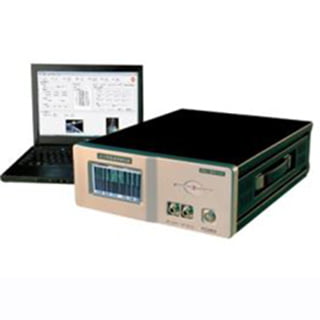ER-S-4100 Navigation Communication Simulator
Introduction
ER-S-4100 Navigation Communication Simulator generates high fidelity, high resolution, high precision and high stability of satellite navigation analog signals. It can perform accurate testing and performance evaluation of Beidou satellite navigation receiving equipment in research, production, qualification examination, certification, integration, inspection and acceptance.
Function
Simultaneous inbound and outbound signals for 10 beams of 5 satellites;
Support for multi-user wireless/wired short message communications;
Control software for signal interruption, signal recovery, switching of each visible star signal, modulation mode selection and power control of the satellite navigation signal simulator output;
With evaluation software to test the receiver’s bit error rate, communication success rate and sensitivity indicators, at the same time can test receiver timing, positioning and other functions;
LCD display shows satellite is visible, simulation time and satellite power and other information;
Signal output via cable or via antenna.
Applications
Beidou satellite navigation chip development, production, testing
Compass satellite navigation receiver development, production, testing
Beidou satellite navigation product maintenance and repairment
Features
Transmit and receive of inbound and outbound signals capable of simulating the BeiDou system
Outstanding short message communication capabilities, with positioning and timing functions
Flexible, easy-to-use control software
Have evaluation software to evaluate user machine performance
Clear, real-time, content-rich display interface
Compact and easy to carry
Specifications
Signal frequency
In and out of station signal
Outbound signal power
Output range: -60dBm~-150dBm
Resolution ratio: 0.3dB
Accuracy in calibration: ±0.7dB
Outbound signal quality
Clutter power (maximum): -55dBc
Harmonic power (Maximum): -35dBc
Phase noise: -75dBc/Hz@100Hz
-80dBc/Hz@1kHz
-85dBc/Hz@10kHz
-90dBc/Hz@100kHz
Frequency stability: ±5×10-10/s
Receiving signal power
Input range: -60dBm~-30dBm
Power measurement accuracy: 0.5dB (RMS)
Signal generator unit
Cable output or through antenna output
External interface
Radio frequency output: N-type head
Radio frequency input: N-type head
External control port: ethernet interface
Power supply properties: AC 220V, 50Hz
Physical characteristics
Size (width x height x depth): 350mm×132mm×450mm
Weight: ≤15kg
Environmental requirements
Working humidity: ≤75% (23℃)
Working temperature: 0℃~+50℃
Storage temperature: -30℃~+70℃
Vibration: ≤0.2g/100Hz (max)
Reliability
Mean Time between failures (MTBF): ≥3000hours
Mean time to repair (MTTR): ≤2hours
A continuous working time: ≥24hours
Computer workstation recommendation configuration
Operating system: windows XP/Window 732bit
Processor: intel@2GHzOr higher
External interface: RS232 and Gigabit Ethernet ports
Application Techniques
1.What is the Device Interface Definition of MEMS North Seeker
2.What Performance is the FOG sensor in FOG North Finder
3.Where are MEMS Gyroscopes Used?
4.Research Background and Current Status of MEMS IMU
5.How do parameters affect the performance of the quartz accelerometer?
6.Background and Development Status of MEMS Inertial Sensors
More Products









